Introduction
This article provides an in-depth exploration of metal Etching.
You will learn about various topics including:
- What is metal Etching?
- The metal Etching process
- Products created through metal Etching
- metals suitable for metal Etching
- And much more...
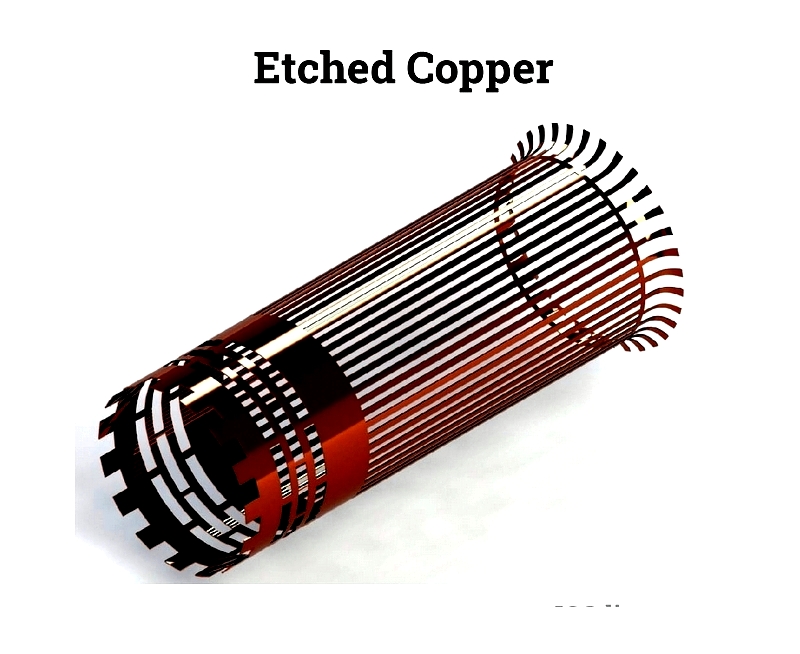
Chapter One – What is metal Etching?
metal etching is a process that removes metal to create precise, complex components and intricate designs. Its flexibility allows for quick adjustments during production. Since minimal force or heat is applied, the material's properties remain unchanged, resulting in stress-free and flawless etched pieces.
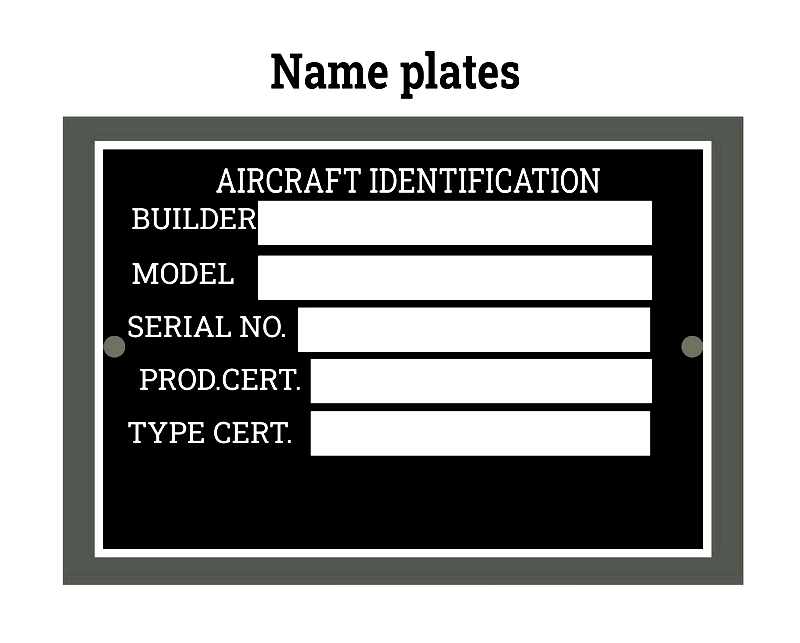
Etching is particularly effective for manufacturing components with thicknesses ranging from 0.0005 inches to 0.05 inches (0.00127 cm to 1.27 cm). This method offers a cost-efficient solution for producing small parts economically.
Chapter Two – metal Etching Processes
metal etching, also called chemical etching or chemical milling, involves removing excess material from a metal workpiece through controlled chemical reactions. This subtractive manufacturing technique has a long history—dating back centuries—when it was used for crafting weapons, engraving tools, and decorating jewelry. Today, metal etching is valued for its precision and is widely employed in manufacturing intricate, high-tolerance components for aerospace, automotive, electronics, and medical industries.
Unlike traditional metalworking methods like stamping or CNC machining, metal etching offers faster production, consistent accuracy, complex geometry capabilities, and excellent reliability. The process causes minimal mechanical wear since it's largely non-contact. The low mechanical stress helps maintain dimensional integrity, making it ideal for delicate or thin metal parts and high-volume production.
Primary metal etching methods include acid etching, photochemical etching (photo etching or PCM), laser etching, and electrochemical etching. Acid etching uses chemical etchants like ferric chloride or nitric acid in immersion, dipping, or flow coating applications. Photochemical etching combines light and etchants with patterned masks. Laser etching employs focused laser beams for precise engraving, suitable for marking and prototyping. Electrochemical etching uses sodium-based electrolytes and electrical pulses for controlled metal dissolution.
Wet etching specifically refers to methods using liquid chemicals to dissolve unprotected metal areas, often guided by photoresist masks. The process involves etchant diffusion, redox reactions, and uniform byproduct removal, producing high-resolution, burr-free edges ideal for microfabrication in electronics and precision engineering.
Acid metal Etching
metals Suitable for Acid Etching
The base metal significantly impacts the acid etching process. Factors like hardness, chemical reactivity, and thickness affect etching rates and precision. Harder metals like nickel and certain stainless steels etch slower than softer alloys like copper or bronze.
While virtually any metal can be acid etched, preferred choices include durable, conductive, corrosion-resistant metals with unique finishes. Common acid-etched metals include:
- Titanium – Lightweight and strong, ideal for aerospace and medical applications.
- Aluminum – Valued for its strength-to-weight ratio and corrosion resistance.
- Copper – Excellent conductivity, perfect for PCBs and electrical components.
- Nickel – Heat and corrosion resistant, used in chemical processing.
- Stainless Steel – Durable and corrosion-resistant, with 400 series being easier to etch.
- Bronze – Ductile and stiff, used for decorative and mechanical parts.
- Molybdenum – High strength and thermal conductivity, suitable for high-temperature applications.
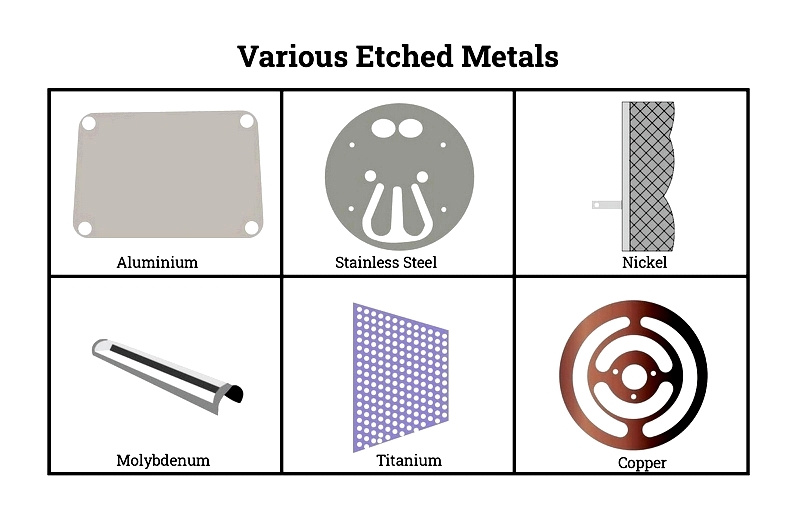
Acid etching is crucial for producing stencils, filters, nameplates, and micro-scale metal features. It delivers complex designs with tight tolerances, reduced lead times, and cost-effective batch production.
The Acid metal Etching Process
metal Cleaning
Before etching, metals must be thoroughly cleaned to remove contaminants. Cleaning methods include degreasing, solvent treatment, rinsing, and deoxidizing. Proper cleaning ensures maskant adhesion and precise etching.
Maskant Application
Maskant, an etch-resistant coating, is applied to protect areas not to be etched. High-performance polymer maskants maintain integrity during chemical exposure. Application methods include dipping or selective coating.
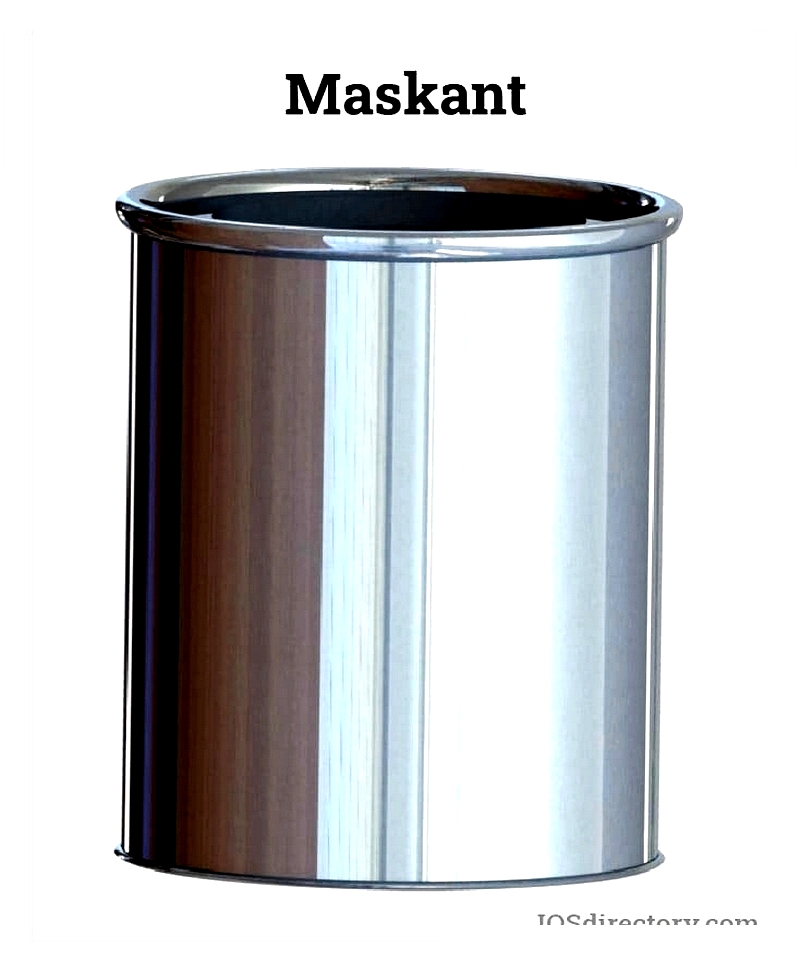
Image Transfer
Patterns are transferred using mechanical carving or photoresist methods. This step determines the design, depth, and layout of etched regions, creating embossed or debossed features.
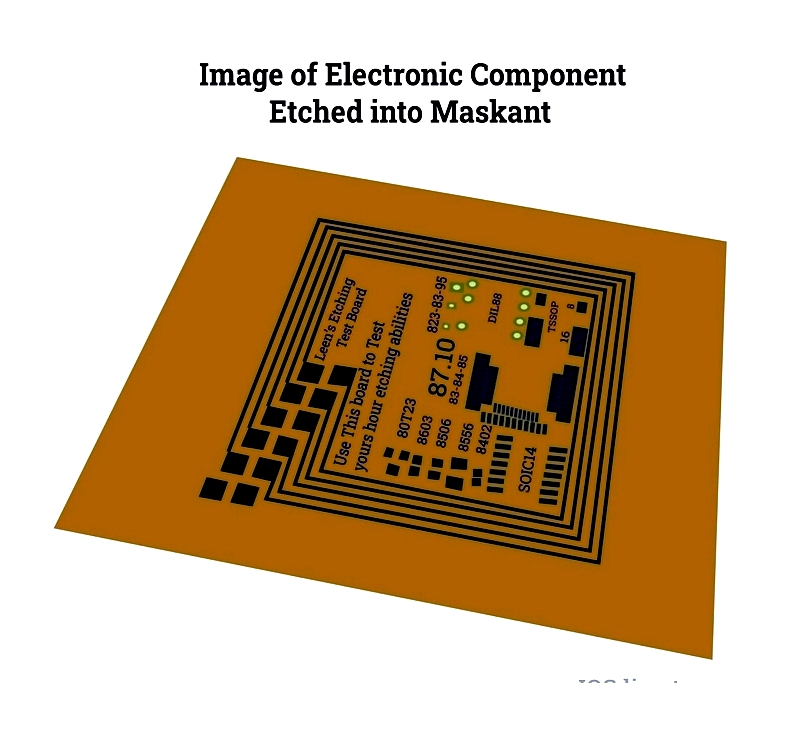
Acid Etching
The workpiece is etched using chemicals like ferric chloride or nitric acid. Process variables—concentration, temperature, agitation, and time—are carefully controlled for precision.
The etchant dissolves exposed metal areas, achieving desired depth and definition with minimal undercutting.

Maskant Removal
After etching, maskant and residues are removed using cleaning solutions. A final deoxidizing bath may be used to restore the metal's luster, resulting in a precise, defect-free component.

Photochemical metal Etching
CAD Design
Photochemical etching begins with detailed CAD designs. This method is ideal for rapid prototyping and high-volume production of thin, complex metal parts.
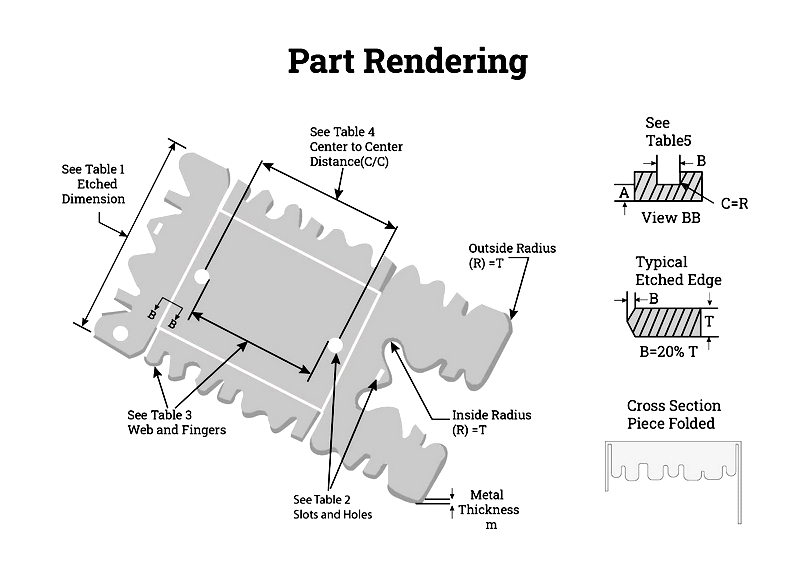
Adobe Illustrator for Design
Adobe Illustrator is used for scalable vector designs. Digital artwork is output as high-resolution transparencies for precise pattern transfer.
metal Preparation
metals are cleaned and degreased to ensure photoresist adhesion, preventing defects during etching.
Photoresist Lamination
Photoresist film is applied uniformly under controlled lighting. Vacuum sealing eliminates bubbles for high-resolution patterning.

Photoresist Processing
Photomasks align with the metal sheet, which is exposed to UV light to harden the resist in desired areas.
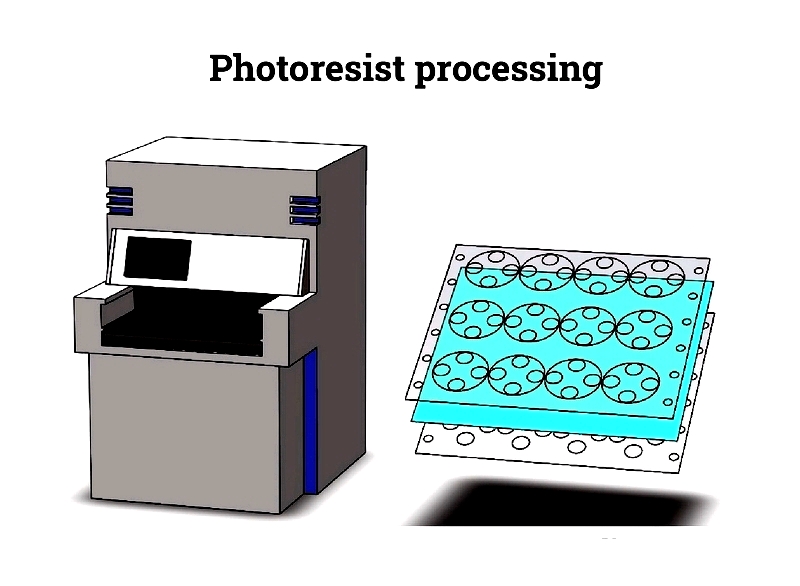
Sheet Development
Unexposed resist is dissolved in an alkali solution, revealing bare metal for etching.




